Purana Qila
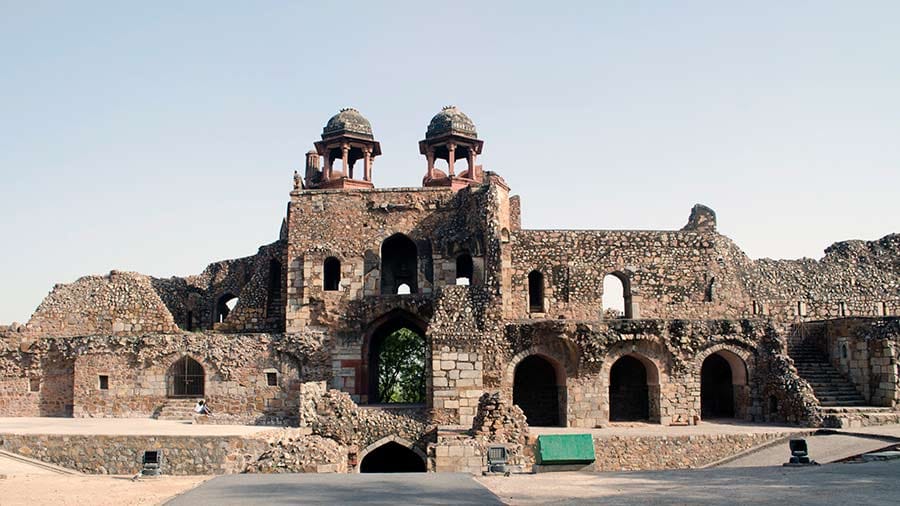
Purana Qila, or the Old Fort, stands as a silent witness to the eons of history that has unfolded in the heart of Delhi over time. With its ancient walls, majestic gates, and architectural marvels, Purana Qila holds a significant place in the annals of Indian history, representing the rise and fall of the numerous people that have left their indelible mark on the region.
Origins and Early History:
The origins of Purana Qila are shrouded in myth and legend. Its roots are believed to go back as far as the legendary city of Indraprastha, which emerges in the aftermath of the epic battle in the Indian epic Mahabharata. According to Hindu mythology, Indraprastha was founded by the Pandava brothers- however, while archaeological evidence supporting the existence of Indraprastha remains elusive, Purana Qila is still considered to be one of the oldest continuously inhabited areas in Delhi.
During the medieval period, the site of Purana Qila witnessed the rise and fall of various dynasties that vied for control over Delhi. The Tomara dynasty, which ruled parts of northern India in the 11th and 12th centuries, is credited with establishing the earliest fortifications at the site. These early structures, made of mud and wood, served as defensive bastions against invaders and rival dynasties.
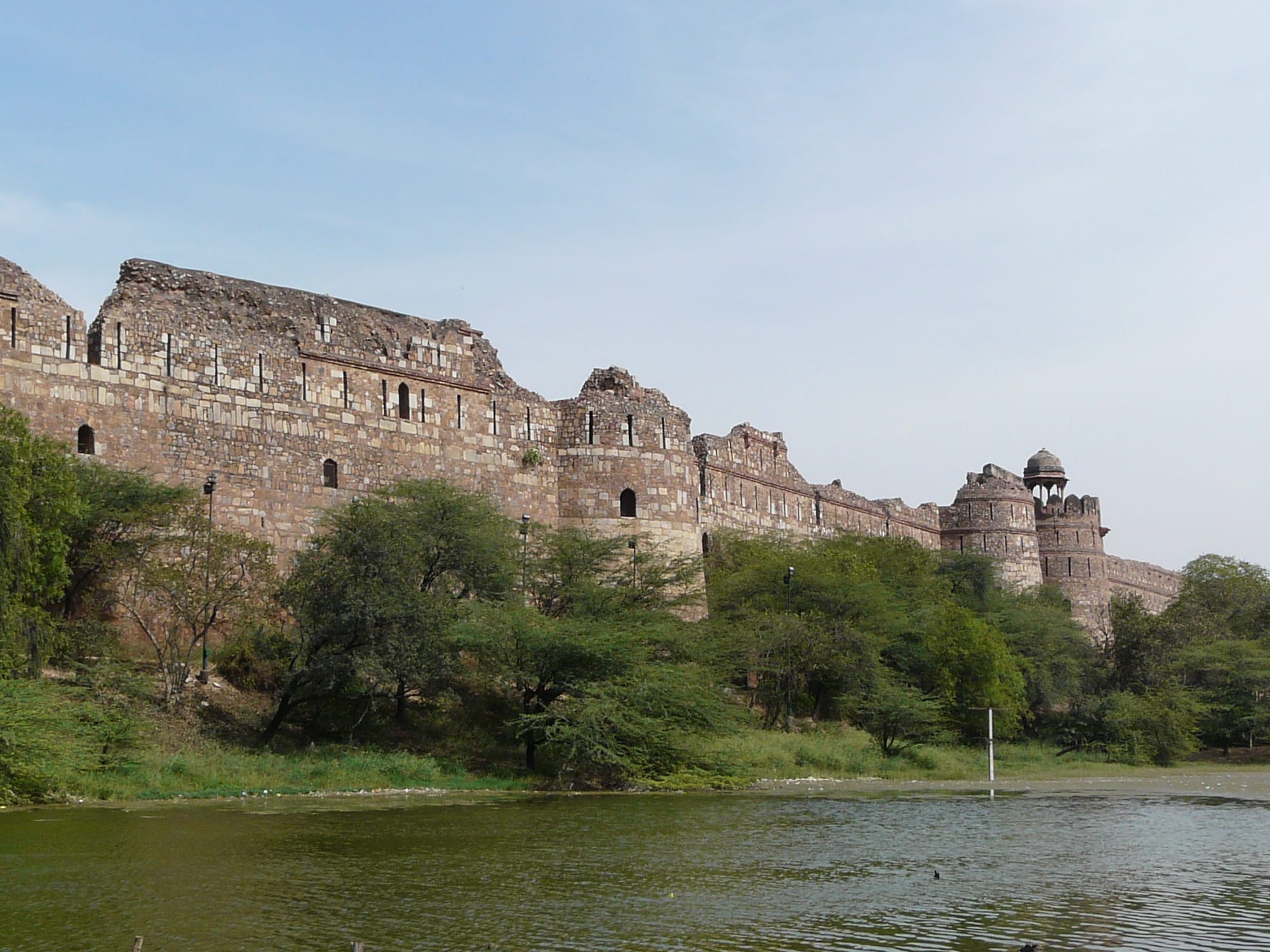
The advent of the Delhi Sultanate in the 12th century brought significant changes to the region, including the consolidation of power and the establishment of fortified citadels to protect the capital city. Mughal Emperor Humayun contributed to this trend by constructing Purana Qila as the centerpiece of the city he was building, known as Dinpanah.
Another notable ruler associated with Purana Qila during the Delhi Sultanate period was Sher Shah Suri. Sher Shah, a capable military commander and administrator, briefly seized power from the Mughal ruler Humayun in the mid-16th century and made significant contributions to the fort's architecture. While Humayu was the one who laid down the foundations of the Purana Qila, it was Suri who improved its structural integrity and completed the walls. He also constructed the Qila-i-Kuhna Mosque within the fort complex.
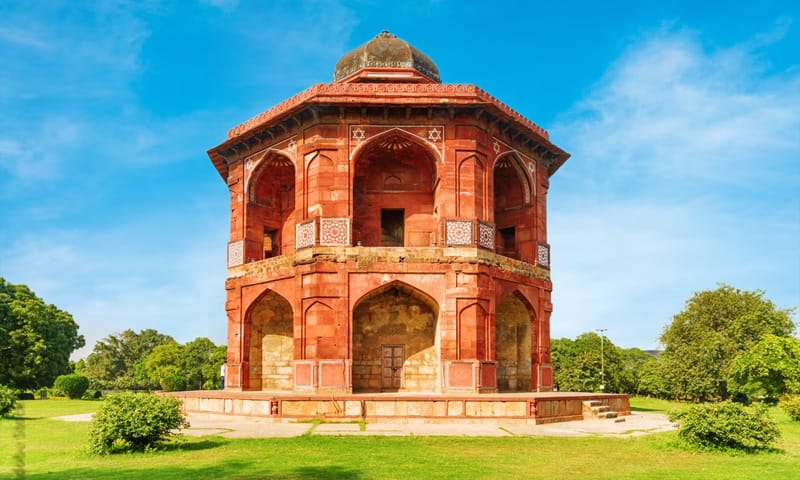
Sher Mandal:
Originally constructed as a pleasure pavilion by Emperor Sher Shah Suri during the 16th century, the name "Sher Mandal" translates to "Lion Pavilion" in English. The pavilion is an octagonal tower built primarily of red sandstone, with white marble embellishments adding to its elegance. It features three storeys and is crowned by a striking dome.
Sher Mandal is renowned not only for its architectural beauty but also for its historical significance. It is believed to have served as Emperor Humayun's library, where he spent hours in scholarly pursuits and intellectual contemplation. The top floor of the pavilion is said to have housed Humayun's collection of rare manuscripts, books, and works of art.
In 1556, just a year after Humayun's return to power, he fell to his death from the steep staircase of Sher Mandal while descending from the roof for evening prayers. This unfortunate incident marked the end of Humayun's reign and paved the way for his son Akbar's ascension to the throne.
Under Akbar, the Mughals suffered an ephemeral setback as Hem Chandra Vikramaditya defeated him in 1556's Battle of Delhi and his coronation took place within the Purana Qila. Akbar, however, responded in kind by snatching back his kingdom in the Battle of Panipat just a month later.
Decline and Rediscovery:
Despite its political importance, Purana Qila gradually fell into decline with the Mughal Empire in the 18th century. The fort was abandoned and fell into disrepair, with its once-magnificent structures crumbling into ruins.
During the Second World War, it served as the site where refugees affected by the war could stay temporarily, and it also doubled up as a refugee camp in the aftermath of a bloody Partition between India and Pakistan.
However, the 20th century saw a renewed interest in the preservation and restoration of Purana Qila. The Archaeological Survey of India conducted extensive excavations and conservation efforts at the site, uncovering artifacts and structures from various historical periods, beginning with the Mauryans in 322 BCE to the Mughals in the 18th century.
Purana Qila is known for its massive walls, bastions, and imposing gates, which reflect the fort's strategic importance and defensive capabilities. The fort's layout follows a traditional Mughal architectural plan, with a central courtyard surrounded by palaces, pavilions, and gardens. Purana Qila is surrounded by lush gardens and water features that add to its aesthetic appeal. The fort's expansive gardens, dotted with flowering plants, fruit trees, and fountains, provide a serene retreat from the bustling city outside.

Qila-i-Kuhna
The Qila-i-Kuhna Mosque, constructed during the reign of Sher Shah Suri, is one of the most striking structures within the fort complex. Built of red sandstone and marble, the mosque features intricate carvings, elegant domes, and delicate minarets, showcasing the artistic and architectural prowess of the period.
Qila-i-Kuhna, which translates to "The Old Fort," was built by Emperor Sher Shah Suri in the 16th century. It is renowned its elegant and imposing architecture, blending elements of Mughal and Afghan architectural styles. Built primarily of red sandstone and marble, the mosque features intricate carvings, delicate minarets, and ornate domes, reflecting the artistic sophistication of the period.
The construction of the Qila-i-Kuhna Mosque was commissioned by Emperor Sher Shah Suri following his victory over the Mughals in the mid-16th century
The mosque's main prayer hall is characterized by a large central dome supported by slender columns and arched openings, creating a sense of spaciousness and grandeur. The exterior facade is punctuated with intricate geometric patterns, calligraphy, and floral motifs.
As a place of worship, the mosque served as a central site for congregational prayers and religious ceremonies for the residents of Sher Shah's new capital in Delhi. It was the cornerstone for Sher Shah's vision for the city and his contributions to its cultural and architectural landscape. The construction of the Qila-i-Kuhna Mosque was part of his broader efforts to secularise the cultural and religious fabric of Delhi.
Religiously, the mosque continues to hold significance for Muslims in Delhi and beyond. It remains a site for congregational prayers, religious ceremonies, and spiritual contemplation, connecting worshippers to their faith and heritage.
Other Nearby Attractions
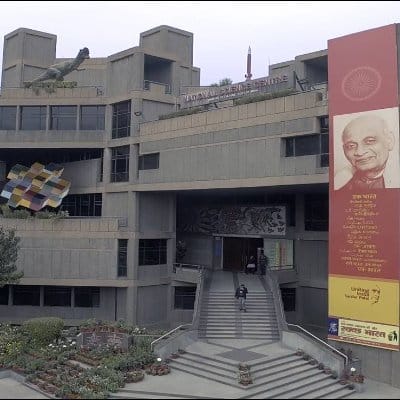
National Science Centre
The National Science Centre (NSC) in Delhi, India, is a prominent institution dedicated to promoting scientific awareness, education, and engagement among visitors of all ages. Established in 1992, the NSC is situated in the Pragati Maidan area of the capital city and serves as a hub for science enthusiasts, students, educators, and researchers. The NSC features a wide array of interactive exhibits, galleries, and displays covering various branches of science, technology, engineering, and mathematics. These exhibits are designed to educate and entertain visitors while fostering curiosity and a deeper understanding of scientific concepts.
In addition to its exhibits, the NSC organizes a range of educational programs, workshops, and activities aimed at students, teachers, and the general public. These programs cover various topics in science and technology and are designed to complement school curricula, promote scientific literacy, and inspire the next generation of innovators and researchers. The NSC is also home to a state-of-the-art planetarium that offers immersive and educational experiences related to astronomy, space exploration, and the universe. Visitors can enjoy captivating planetarium shows, 3D films, and virtual reality experiences that transport them to distant galaxies, explore cosmic phenomena, and learn about the wonders of the cosmos.
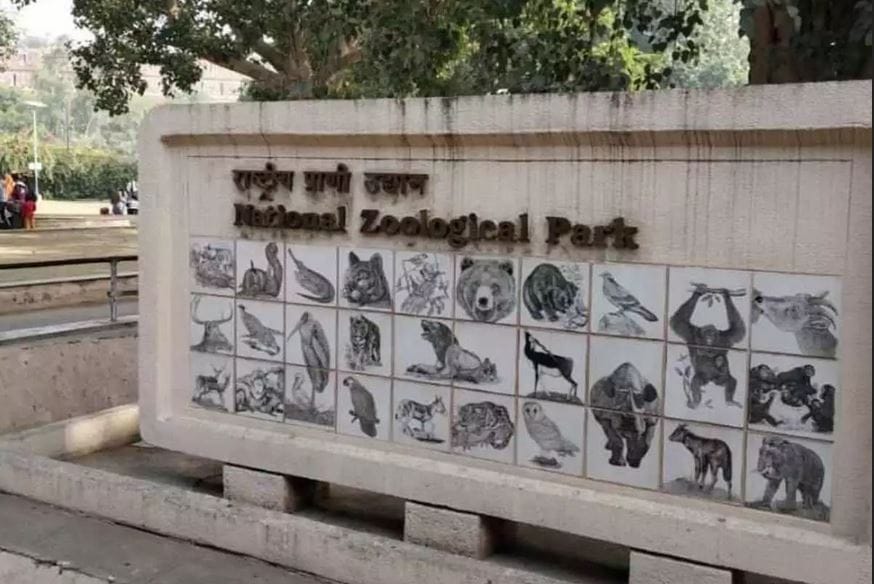
Delhi Zoological Park
Commonly known as the Delhi Zoo, it is one of the oldest and most prominent zoological parks in the country. It serves as the home to a diverse collection of wildlife from around the world, featuring both native and exotic species. Vistors can spend their day boating, visiting the souvenir store or even on a jungle safari.

Lodhi Gardens
Lodhi Gardens stands as a verdant sanctuary, inviting visitors to escape the chaos of the city and immerse themselves in the peace of greenery. Spanning over 90 acres, this historic park is a treasure trove of lush greenery, ancient monuments, and serene landscapes that captivate the senses and soothe the soul.
Lodhi Gardens is steeped in history, with its sprawling grounds adorned with architectural remnants from the Lodhi dynasty. Visitors can spend their day exploring the gardens' meticulously landscaped grounds that are punctuated by the gentle rustle of leaves. Shaded pathways wind their way through the verdant foliage, inviting walkers and joggers to explore the park's hidden corners and secluded nooks.
For nature enthusiasts and photography aficionados alike, Lodhi Gardens is a veritable paradise. The park's diverse flora and fauna provide ample opportunities for capturing stunning images and observing the beauty of the natural world up close. From vibrant blooms to fluttering butterflies, every corner of the gardens is an absolute delight.
Amir Khusro Park
Named after the renowned Sufi poet and musician Amir Khusro, who lived during the 13th and 14th centuries, the park serves as a tribute to his contributions to literature, music, and Sufism. The "father of Qawwali," was a prolific poet, musician, and scholar who played a significant role in the development of Sufi poetry and music in the Indian subcontinent. He was a disciple of the Sufi saint Nizamuddin Auliya and is credited with popularizing various musical forms, including Qawwali and Sufi poetry. The park named in his honor serves as a tribute to his legacy and includes monuments, sculptures, or installations dedicated to Amir Khusro and his works.
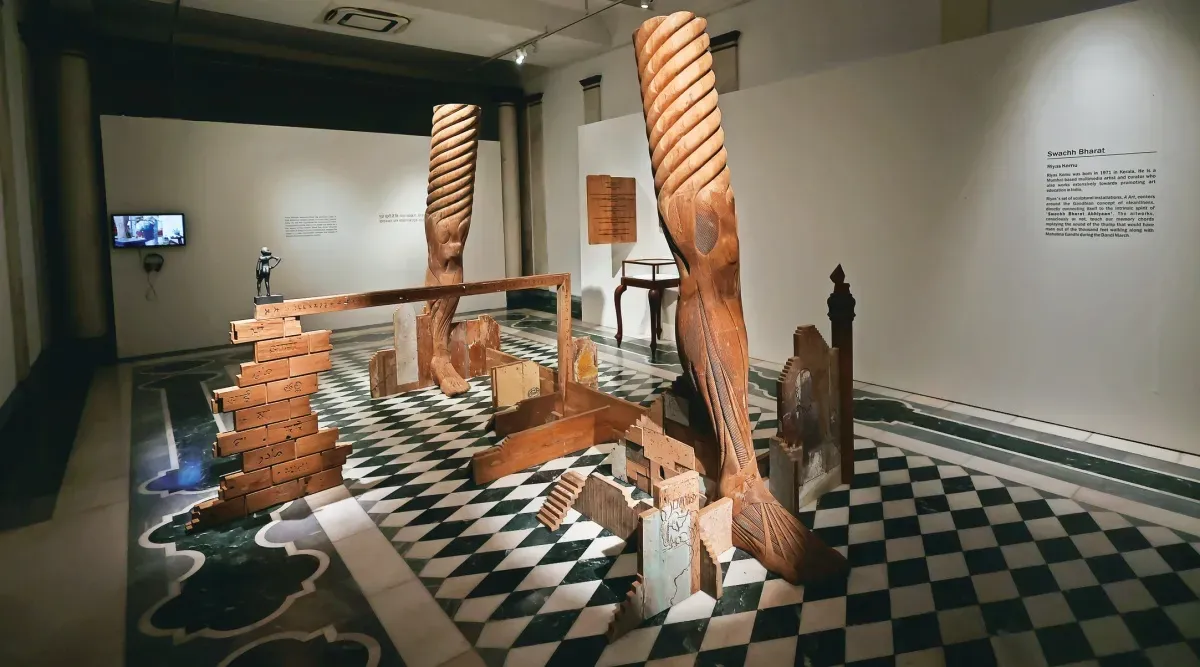
National Gallery of Modern Art
The National Gallery of Modern Art (NGMA) in New Delhi, India, is a premier institution dedicated to the promotion and preservation of modern and contemporary art. Established in 1954, the building that houses the NGMA designed by renowned architect Sir Arthur Blomfield for the Maharaja of Jaipur. The NGMA boasts an extensive collection of artworks spanning the late 19th century to the present day, representing various artistic movements, styles, and genres. The collection includes works by prominent Indian artists such as Raja Ravi Varma, Rabindranath Tagore, Amrita Sher-Gil, M.F. Husain, Tyeb Mehta, and F.N. Souza, among others.
Food Near Purana Qila
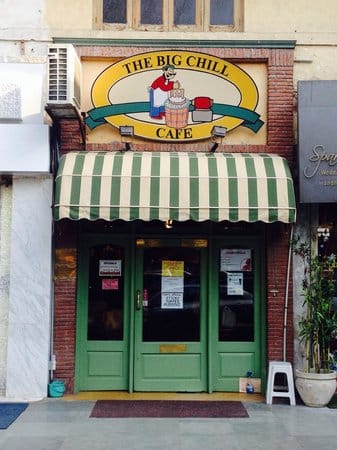
Big Chill, Khan Market
"The Big Chill Cafe" is renowned for its delicious comfort food, including pasta, pizzas, burgers, sandwiches, and an array of decadent desserts. The restaurant's cozy ambiance, retro decor, and welcoming atmosphere make it a favorite spot for locals and tourists alike. Whether you're craving a hearty meal or indulging in a sweet treat, "The Big Chill Cafe" is sure to satisfy your culinary cravings.
Lazeez Affaire
Lazeez Affaire is a popular restaurant located in the heart of New Delhi, known for its delectable North Indian and Mughlai cuisine. Situated in the bustling Khan Market, Lazeez Affaire offers a fine dining experience with its elegant ambiance, attentive service, and flavorful dishes. The restaurant's menu features a wide array of traditional delicacies, prepared with authentic ingredients and spices to tantalize taste buds. Their standout dishes are the Galouti Kebabs, Dal Makhani, Rogan Josh, Murgh Malai Tikka and Chicken Tikka Masala.
Ticket Prices and Timings
The entry ticket prices for Purana Qila, like every other monument, vary for Indian and foreign visitors. For Indian visitors, the ticket price is ₹20 per person for adults, while children below 15 years of age can enter for free. Foreign visitors are charged ₹200 per person for adults, with free entry for children below 15 years. Additionally, The fort is open to the public from morning 7AM to 5PM in the evening. These remain, however, subject to change by the authorities.
How to Get to Purana Qila
Purana Qila, located in Delhi, India, is well-connected by various modes of transport. The Delhi Metro is one of the most convenient and efficient ways to reach Purana Qila. The nearest metro station to Purana Qila is Pragati Maidan Metro Station, which is on the Blue Line of the Delhi Metro. From Pragati Maidan Metro Station, you can take a brief walk or a quick auto-rickshaw ride to reach Purana Qila. You can alternatively use the extensive network of public buses operated by Delhi Transport Corporation (DTC)m which has several buses going through the Purana Qila, making it accessible from various parts of the city. Taxis, including app-based cab services like Uber and Ola, are widely available in Delhi and offer a comfortable and convenient way to reach Purana Qila.

Comments ()